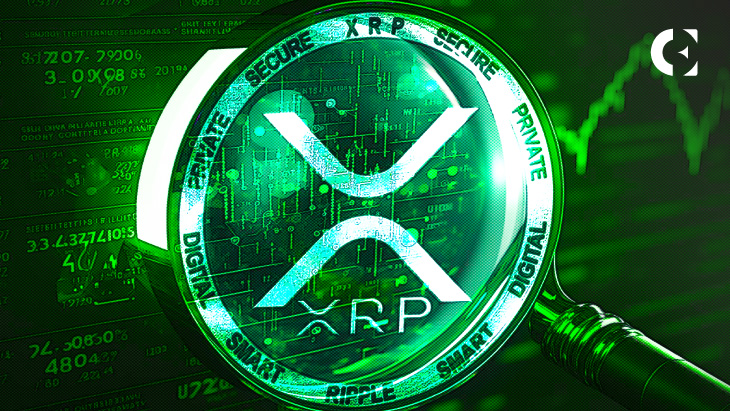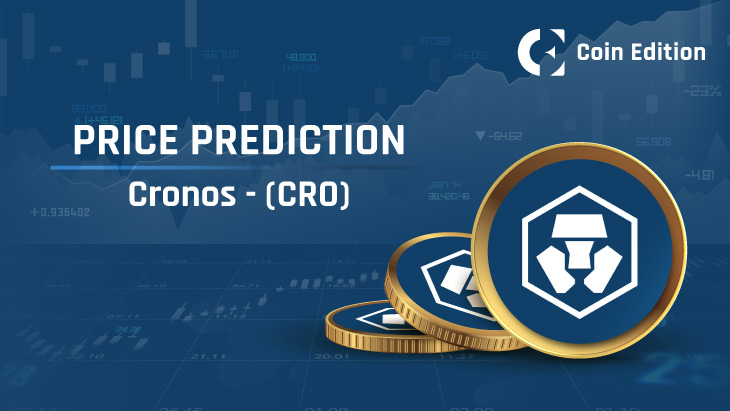- Bill Morgan says he won’t answer repeated XRP usage questions in Ripple deals.
- Morgan clarified that he doesn’t work for the company, stating that Ripple has made it clear.
- XRP seen as superior bridge currency for instant, high-volume global payments.
Legal expert Bill Morgan has announced a standardized approach to addressing recurring questions about XRP usage in Ripple partnerships. Morgan’s statement comes as the XRP community frequently seeks clarification on whether new Ripple collaborations involve the native token.
Technical Analysis Favors XRP Over RLUSD
The legal analyst expressed frustration with constantly fielding identical inquiries about whether specific Ripple partnerships involve XRP token usage. Morgan clarified that he does not work for either company, making it unfair to expect definitive confirmation or certainty from him on these matters.
Morgan provided detailed technical reasoning for why XRP likely powers most Ripple payment partnerships rather than the company’s RLUSD stablecoin. He referenced statements from Ripple CTO Joel Katz confirming that the majority of Ripple payment operations utilize XRP as the primary bridge asset.
The legal expert acknowledged that RLUSD might serve specific use cases in USD-equivalent markets with volatility concerns or jurisdictions requiring stablecoin transactions for regulatory compliance. However, for real-time instant payment scenarios that characterize much of Thunes’ business model, RLUSD would create unnecessary operational complexities.
Morgan Highlights Limitations Affecting RLUS
Morgan highlighted several technical limitations affecting RLUSD performance compared to XRP. Since most RLUSD tokens are minted on Ethereum rather than the XRP Ledger, transactions may experience slower processing times and higher fee structures that compromise efficiency in high-volume payment scenarios.
The USD peg that defines RLUSD creates additional constraints for cross-border payment optimization. Morgan noted that this peg limitation requires additional liquidity pools or currency conversion steps in non-USD markets, creating operational inefficiencies that XRP’s independent pricing mechanism avoids.
For liquidity optimization and real-time instant payment management, XRP functions as a superior bridge currency compared to any fiat-based stablecoin. This advantage applies when payment speed eliminates volatility concerns, and regulatory requirements do not specifically mandate stablecoin usage.
Morgan concluded that XRP likely powers most Ripple partnerships announced with third-party payment providers. He emphasized that this assumption does not require verification challenges for each new partnership announcement, as the technical evidence strongly supports XRP integration in most cross-border payment collaborations.
Ripple has intensified its partnership activities throughout 2025, with the Thunes collaboration representing a major expansion. The September 2025 agreement builds upon an existing relationship that began in 2020, extending Ripple’s reach through Thunes’ global payment infrastructure.
Related: Ripple and Thunes Partner to Bring Blockchain Rails for the Global Remittance Market
Disclaimer: The information presented in this article is for informational and educational purposes only. The article does not constitute financial advice or advice of any kind. Coin Edition is not responsible for any losses incurred as a result of the utilization of content, products, or services mentioned. Readers are advised to exercise caution before taking any action related to the company.







